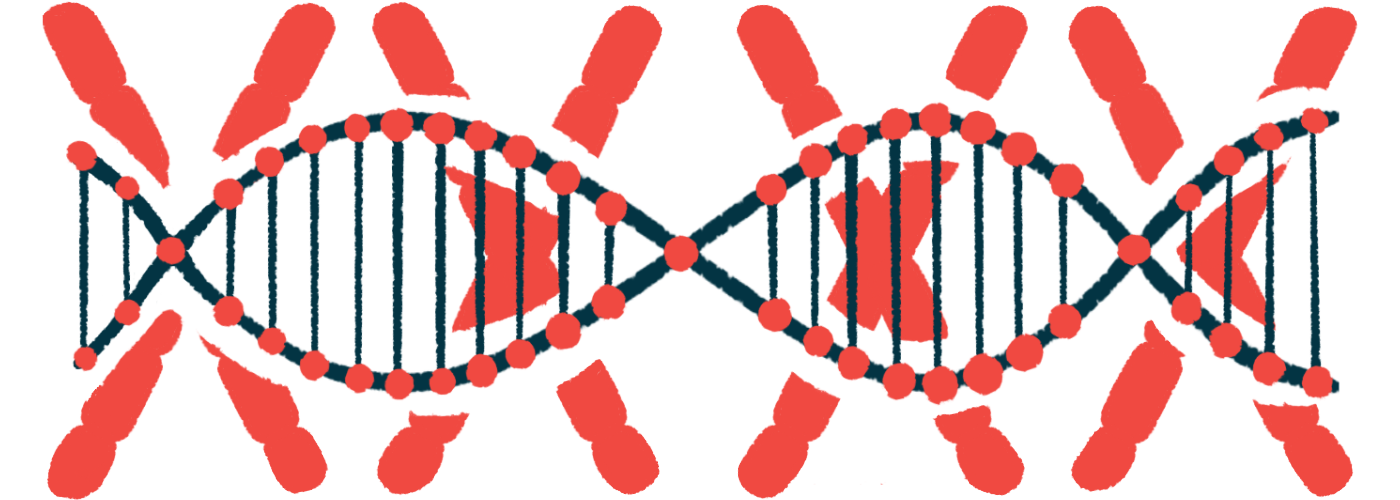Diagnostic testing IDs 2 gene mutations causing LGMD type R1
Researchers detail novel disease-causing variations found in CAPN3 gene

Diagnostic testing of individuals in India suspected of having limb-girdle muscular dystrophy (LGMD) revealed two novel mutations in the calpain-3 gene, known as CAPN3, that were found to cause the common subtype R1, known as LGMDR1.
These findings were detailed in a new study reporting the results of testing in more than 30 people who showed symptoms indicative of LGMD and were specifically evaluated for type R1 disease.
According to the researchers, the study’s results could potentially “help in genetic counseling as well as to formulate therapeutic interventions.”
The study, “Identification of novel pathogenic variants of Calpain-3 gene in limb girdle muscular dystrophy R1,” was published in the Orphanet Journal of Rare Diseases.
Further research needed to learn more about these LGMD mutations
LGMDR1 is caused by mutations in CAPN3, a gene that provides instructions to make the protein calpain-3.
All people inherit two copies of the CAPN3 gene; LGMDR1, a common LGMD subtype, develops if both copies carry a disease-causing mutation.
Like other forms of limb-girdle muscular dystrophy, LGMDR1 is characterized by muscle weakness and wasting that particularly affects the muscles around the hips and shoulders. In this study, scientists from the Post Graduate Institute of Medical Education and Research reported outcomes from diagnostic testing in 34 people suspected of having LGMDR1.
Results from muscle biopsies showed 13 of these patients had either lower than normal or totally absent levels of the calpain-3 protein. Further genetic testing identified mutations in the CAPN3 gene in six individuals.
Besides the previously known variants, our study found two novel variants in [the] CAPN3 gene.
Most of the specific CAPN3 mutations identified were previously reported to cause LGMDR1. However, two of them had not been reported before.
“Besides the previously known variants, our study found two novel variants in CAPN3 gene,” the researchers wrote.
One of the novel mutations, dubbed c.1189T > C (p.Phe397Leu), is a missense variant — a change in just one nucleotide (one of the building blocks of the genetic code), resulting in a change in one amino acid (one of the building blocks of proteins) when the calpain-3 protein is produced.
The other novel mutation, called c.1688delinsTC (p.Arg490Leufs*87), involved one nucleotide being removed from the genetic code and replaced with two different nucleotides — which shifts the code out of frame, ultimately resulting in no protein production detected.
The researchers noted that LGMDR1 patients with mutations that prevent the production of any calpain-3 protein tend to have more severe disease than patients with mutations that allow the production of an altered version of the protein. That was the case for the patients diagnosed in this report.
The team stressed, however, that it’s hard to draw definitive conclusions from such a small sample. To that end, they emphasized a need for further research to identify associations between specific mutations and clinical outcomes — work known as genotype-phenotype correlations.
Better understanding these associations could allow for more accurate prognoses and better tailored care for patients, the researchers said.







